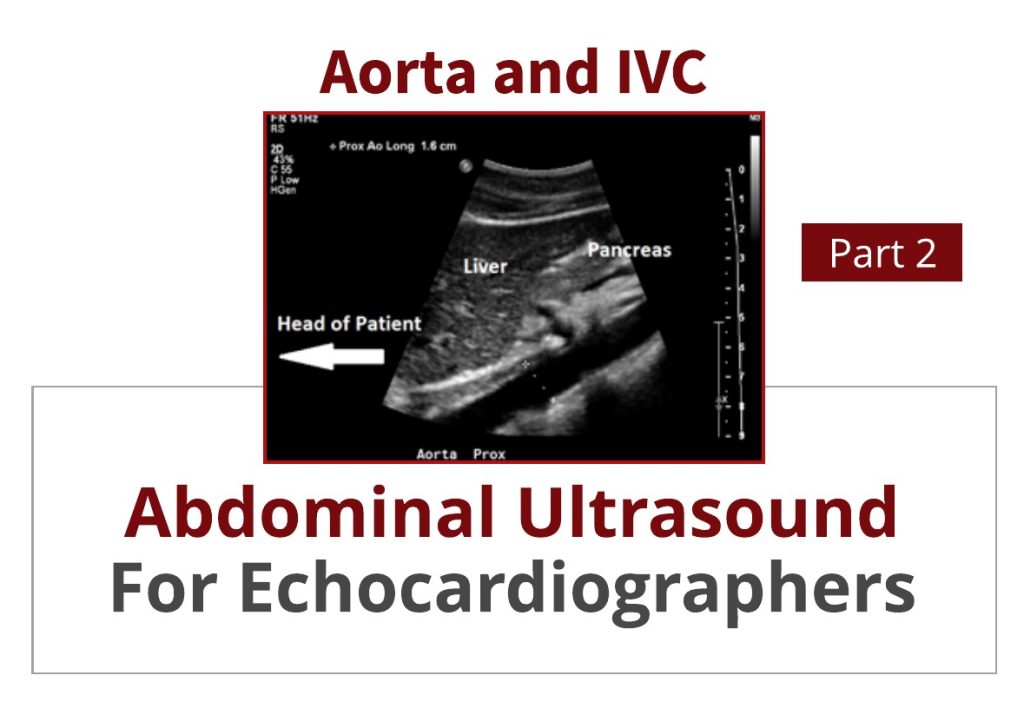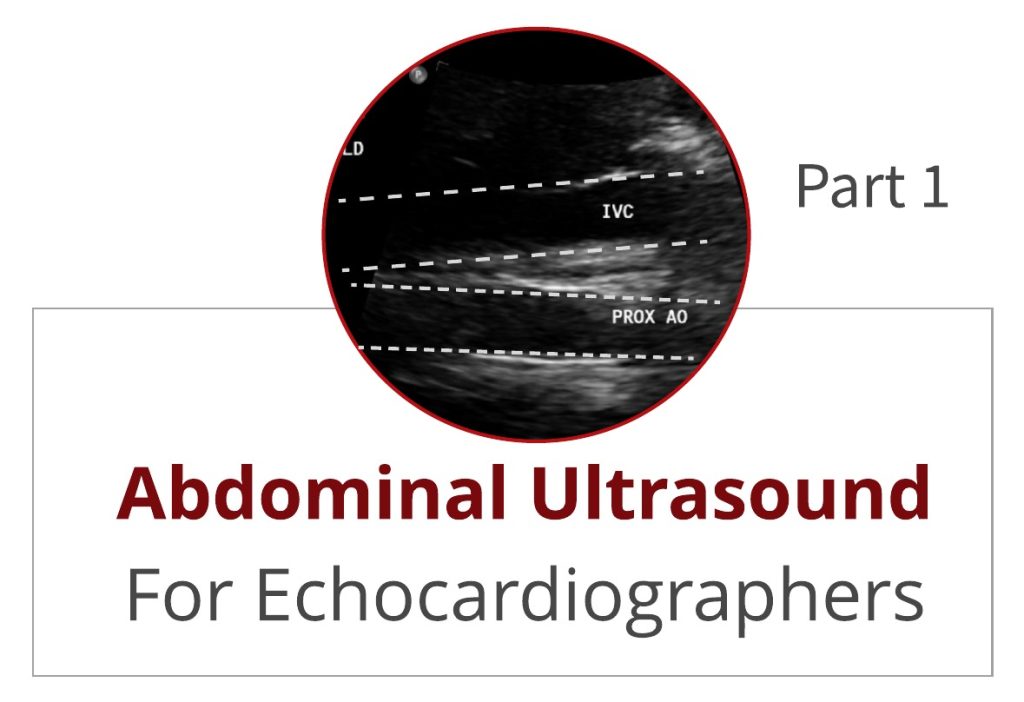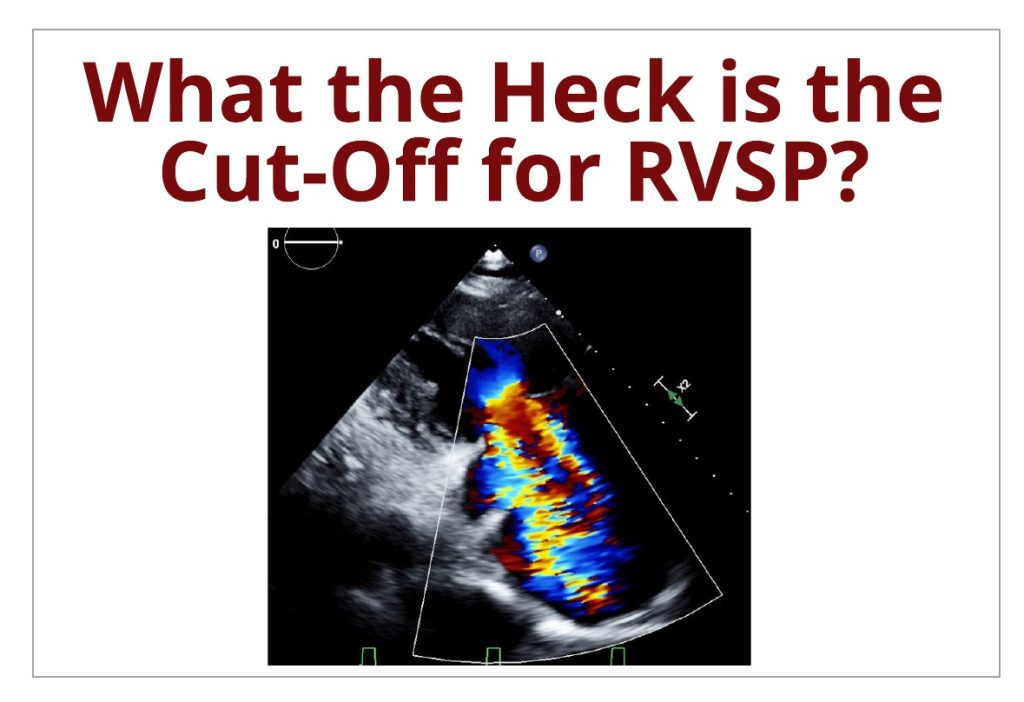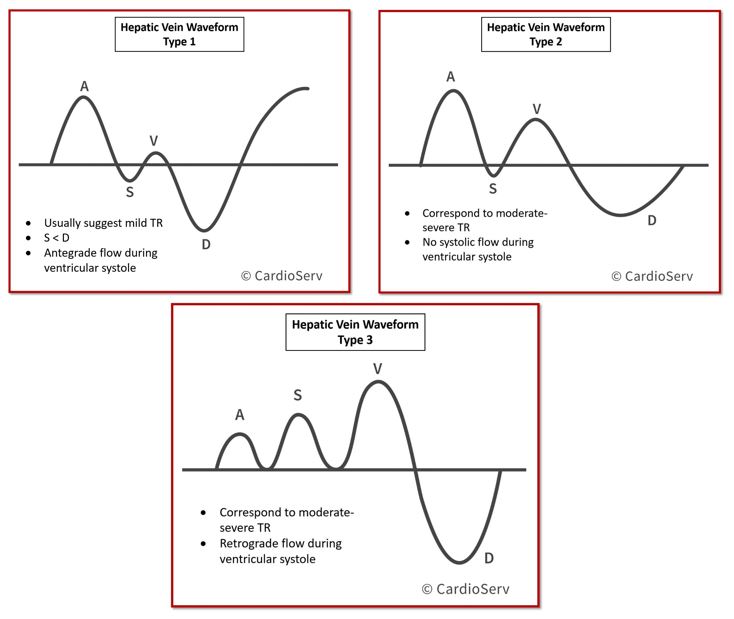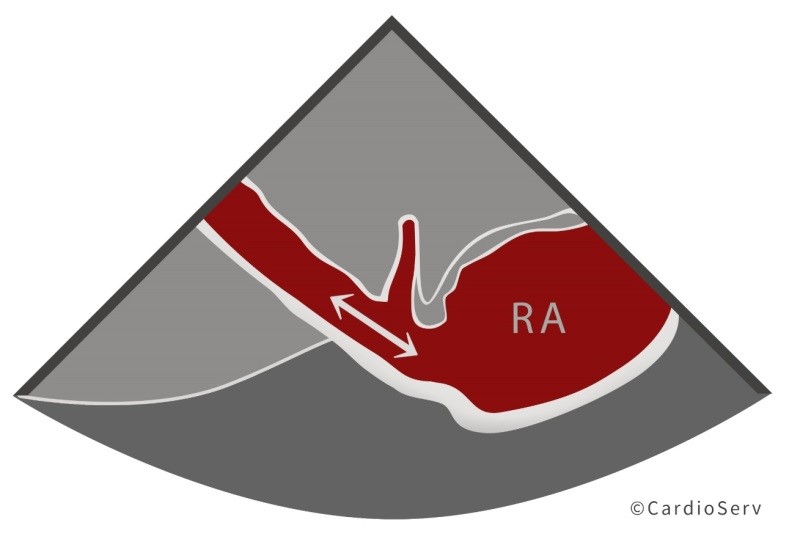How to Estimate Right Atrial Pressure (RAP)
After our last post on ‘how to estimate the right atrial pressure’, we received questions from our readers. What do we do if we cannot assess the IVC? What if the patient is on a vent? This week we will answer those questions.
How to Estimate Right Atrial Pressure (RAP) Read More »


